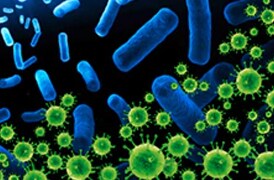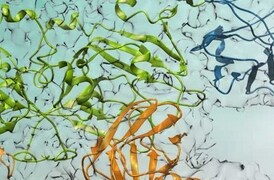Search Thermo Fisher Scientific
- Contáctenos
- Orden Rápida
-
¿No tiene una cuenta? Crear una cuenta
Search Thermo Fisher Scientific
The Thermo Scientific Ceta-D Camera is a scintillator-based camera optimized for low-dose diffraction data collection. It is ideal for working with dose-sensitive materials, such as proteins, pharmaceutical molecules, and organic materials.
The camera’s high sensitivity allows for reliable detection of high-resolution, low-intensity diffraction peaks, and its high signal-to-noise ratio enables accurate measurement of the integrated peak intensity. Both of these properties are prerequisites for obtaining high-resolution structural information. After acquisition, the diffraction patterns and metadata are readily available for processing (similar to standard X-ray diffraction data), using software packages like DIALS or XDS. Resolutions better than 1 Å have been reported.
MicroED package
Coupled with the Ceta-D Camera, the MicroED Package provides all the necessary elements to perform micro electron diffraction, either on a new instrument or as a retrofit onto an existing tool. It includes:
The MicroED Package is a perfect match with the CETA-D Camera but may also be combined with other Thermo Scientific cameras for special application requirements.
| Sensor | 4,096 x 4,096, 14 μm pixel CMOS |
| Camera architecture | Fiber optic coupled scintillator (1:1) frame rate Standard: 4k × 4k, 2 fps; 2k × 2k, 8 fps; 1k × 1k, 18 fps Noise reduction: 4k × 4k, 2 fps; 2k × 2k, 6 fps; 1k × 1k, 6 fps |
| Imaging performance | In 4k × 4k mode: DQE at 0.1 Nyquist: > 26% at 300 kV, > 40% at 200 kV |
| Duty cycle in movie mode | 100% in rolling shutter mode |
| Conversion efficiency | >26 counts/primary electron at 200 kV >22 counts/primary electron at 300 kV |
| Mounting position | On-axis, bottom mounted, retractable |
Las técnicas de criomicroscopía electrónica permiten observaciones multiescala de estructuras biológicas 3D en sus estados casi nativos, haciendo que la información obtenida sea más rápida y el desarrollo de tratamientos más eficaz.
Descubra cómo aprovechar el diseño racional de fármacos para muchas más clases de fármacos principales, lo que conduce a los mejores medicamentos del sector.

MicroED es una nueva e interesante técnica con aplicaciones en la determinación estructural de moléculas pequeñas y proteínas. Con este método, los detalles atómicos se pueden extraer a partir de nanocristales individuales (de un tamaño de <200 nm), incluso con una mezcla heterogénea.

MicroED es una nueva e interesante técnica con aplicaciones en la determinación estructural de moléculas pequeñas y proteínas. Con este método, los detalles atómicos se pueden extraer a partir de nanocristales individuales (de un tamaño de <200 nm), incluso con una mezcla heterogénea.
Para garantizar un rendimiento óptimo del sistema, le proporcionamos acceso a una red de expertos de primer nivel en servicios de campo, asistencia técnica y piezas de repuesto certificadas.


